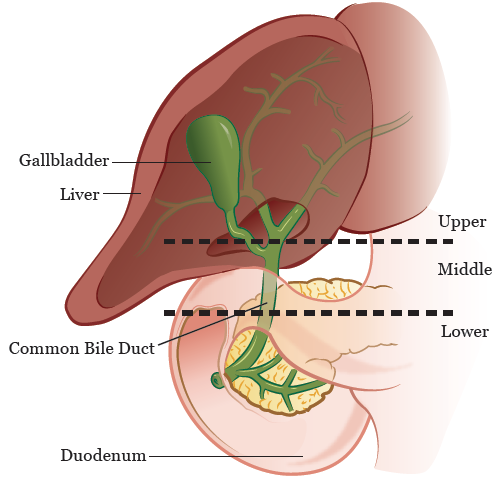A bile duct leak can arise either as a complication of a surgery such as gallbladder removal or liver transplant or from trauma to the biliary system.
Bile duct leak after liver surgery.
Injury to bile duct and the biliary system as a whole can also give rise to bile leak.
At the bile duct and pancreatic diseases program part of the university of michigan s division of gastroenterology our multidisciplinary team provides the newest minimally invasive treatments for bile duct leaks.
Bile leakage is defined as fluid with an increased bilirubin concentration in the abdominal drain after postoperative day 3 or as the need for radiologic intervention.
In this study we reviewed the bile leakage according to the isgls definition and grading table 1 not our previous institutional criteria.
A small hole or tear in the bile duct may cause bile to leak into the abdomen causing pain inflammation and infection in the abdominal cavity.
If a bile duct is damaged during surgery bile may leak into the abdominal cavity causing extreme pain.
Bile leaks are often corrected by placing a stent narrow tube in the duct to keep bile from escaping while the duct heals.
Leakage occurs as a result of a small tear or a hole anywhere in the bile duct.
Those resulting from hepatic surgery are caused by a leak from a biliary anastomotic site dislodgement or removal of an external drainage tube or damage to a bile duct during surgery.
Leakage in bile duct can occur as a result of postoperative complication after removal of gall bladder or after liver transplantation.









